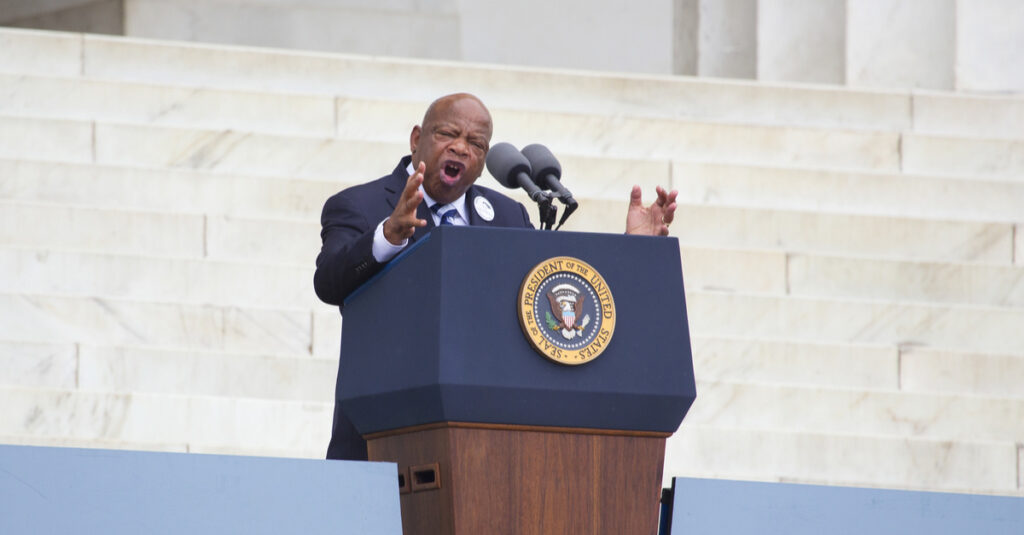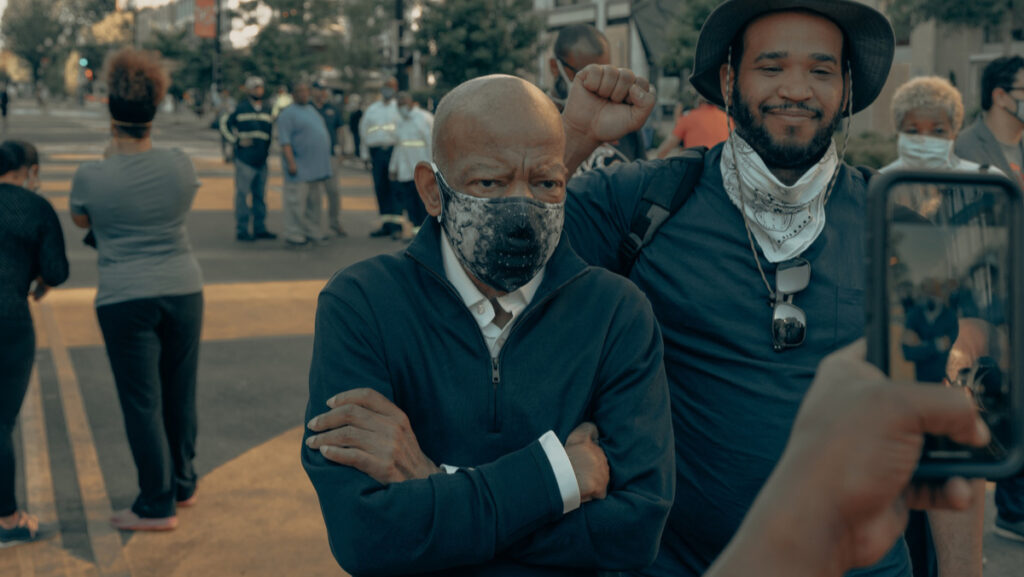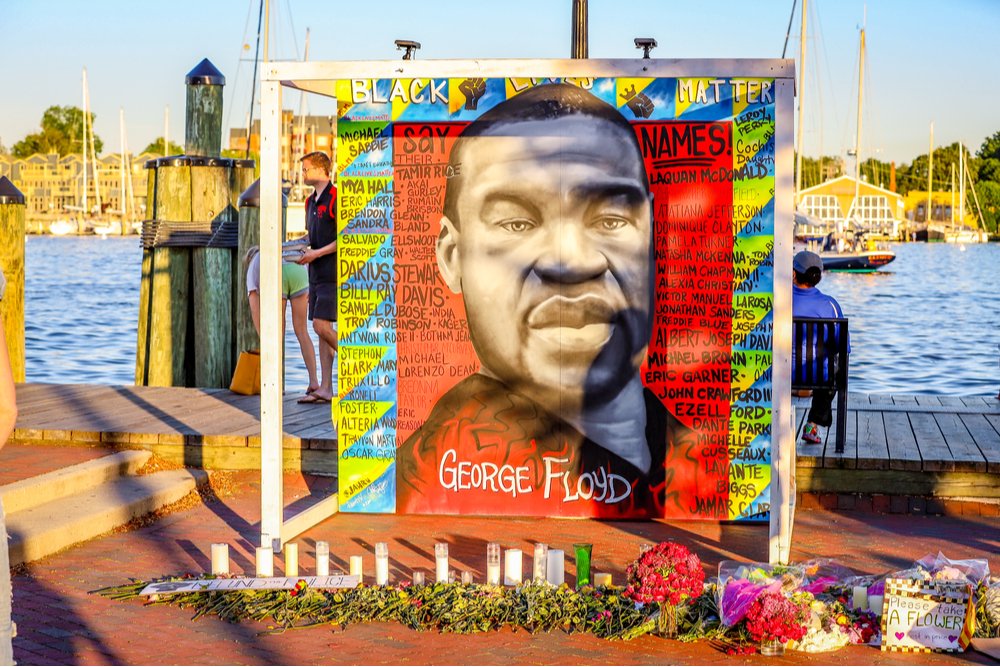Background
Every year in New York, there are over 1000 cases of complaints filed by New Yorkers against the police through the New York City Civilian Complaint Review Board (CCRB). These cases differ in nature and extremity. In example, when Shawn complained to his friend Eric, about an incident that took place while he drove down the streets of Brooklyn, minding his business and acting like a law-abiding citizen, he was baffled at his friend’s explanation of what happened. After crossing the green light, Shawn recounted driving down the street when he was asked to stop by two traffic cops. He was sure he had not broken the speed limit, but he kept his cool, responded respectfully to the officers as they questioned him. They demanded his driver’s license and asked him a couple of questions. Afterward, they issued a ticket. He didn’t understand what offense he had committed, and he questioned it, even filing a case at the traffic court. But Eric informed him that he just experienced ‘Racial Profiling,’ otherwise described as discrimination on account of race and gender. He explained that he was stopped, questioned, and given a ticket because he was a black man who suspected him of wrongdoing.
This hypothetical scenario is arguably a far less extreme case and type of complaints filed at the CCRB each year. More extreme cases of police killing, excessive force, and discrimination are based on race, among others.
The Issues
The words of Eric Garner and now George Floyd have become memes associated with police use of excessive force, disregard for human rights and repressed anger and hatred toward members of the black race in America. In New York City, the words of George Floyd brought back memories of the injustice, high-handedness, and bias by an institution and leadership experienced in the case of Eric Garner in 2014, when he said the same words ‘I can’t breathe ‘before dying.
Floyd’s family received some form of justice five years after his death, after years of enduring pain, anguish, and despair at the possibility of denied justice from wrongful use of force by the police. This perceived feeling of disregard, arrogance, and déjà vu led blacks across the country and other races from the community to support the clamor for equality, equity, and justice. Gradually, people concluded that the system of policing in America is deadly and harmful to specific communities, particularly, the black and brown communities. A long-standing trend that people are saying they will no longer accept: “No More!”. Several factors led to the nation and state-wide protests: delayed justice, inadequate data to support prosecution and change of policies; perceived cover ups within institutions against civilians and victims; inconsistent narratives and standards where one rule means something different depending on the recipient. These issues have resulted in a general lack of trust in authorities and institutions. Like any contained force, tension builds in and one day, it bursts out engulfing anything it finds along its path.
Different faces of reaction: People express emotions in different ways ranging from withdrawal to venting their feelings. Over the years, the families of victims, well-wishers, and members of the public have expressed their grievances toward perceived injustice in various ways, which include peaceful demonstrations, press briefings, and lawsuits. The media, much at the heart of the issues, have consistently played a pivotal role in framing a case, whether for good or bad. The public’s interest was lasting as long as the next big news or events happens, then they turn their attention onto other issues. While the media plays a considerable role in supporting the fight and bringing justice, it is usually an uphill task that is arduous. Unfortunately, until a few cases become reported in the mainstream media, most aggrieved members of the community will tend to “let the matter go”, or resign to fate. This response, however, leaves an indelible mark and ingrained hatred that festers in the subconscious of any wronged person for years, because delayed justice feels like justice denied. Such acts result in repressed feelings, which over time, build into long term prejudice, discrimination, and hatred. Hence, in May of 2020, people took to the streets of New York to collectively express their solidarity with the black American community, together grieving over the numerous deaths and injustice toward the black community over the years while demanding a long-overdue change. This pivotal event chronicled a moment in time and history. Cases of police brutality, racial, institutional, and social injustices date back to several years in New York. There have been several sensational cases like Eric Garner, as evidence of this phenomenon, although many cases never get to the attention of the media and the general public. Yet, evidence abounds everywhere in the city and state at large, resulting in the enforcement of a curfew for several days to curb the violence, looting, and heightened tension in New York City. The resounding question is “What next”?
Proposed Solution
The truth is that these historic weeks of protests in summer 2020 have established some core facts: there is a problem with policing in the United States. Secondly, black, and brown-skinned Americans receive greater excessive force by police than other racial communities. There is a call for a change in this regard, and black leaders to lead by example on fighting racial injustice; otherwise, they lose integrity. Against this backdrop, different stakeholders have made suggestions on addressing these issues, based on the need for adjustments at different levels in the society.
Enact and enforce policy changes: Proposed laws on reform must be adopted by the House to support the clamor by citizens against institutional discrimination which includes reviewing existing programs and grants. For instance, the 1033 program managed by the Department of Defense, inadvertently militarizes the U.S. police. This law has turned the police department into an’ internal military’ working against Americans, particularly black and brown citizens. Under this program, the police become armed with military weapons, which run counter to the primary role of the police in the community. Next, the Community Oriented Policing Services (COPS) grants require a review. It needs to address the idea of flooding the community streets with large numbers of law enforcement personnel, which has proved counter-productive over the years.
What’s more, the quest to defund the police is a reliable option for achieving a progressive solution—in particular, reallocating some of the policing budgets to other areas of services. In the 2020 fiscal year, the New York Police Department (NYPD) received over $5.7 billion, approximately over 5% of the city’s total budget, thus, earning the rating as the third city agency with the largest budget. Under this request, the reallocated budget will be added to agencies that work within the communities which the police protect which is deemed a right move at a time like this, where, an increase in educational programs, jobs, improving the health care system in the black and brown communities is much needed. This response will be a better expression of social justice. Mayor Bill de Blasio has pledged his support and promised to reallocate the NYPD budget, albeit without committing to an amount and timeframe.
Removal of “qualified immunity”: Past cases have shown that it is almost impossible to win a lawsuit against members of the police force. Community members trying to sue the police have their claims disqualified by an immunity clause, which protects the officers against citizen’s legal actions, like a violation of established constitutional rights, termed ‘qualified immunity.’ A review of this law is essential, given recent developments and updated to recognize the changing circumstances and needs of society. The House and Senate Democrats are already working in line with the proposal to eliminate this immunity clause often used to the advantage of most cases leveled against police officers.
Promote Institutional Change
Need to re-orientate the police: While the protests raged, there were calls for disbanding the police force, a seemingly impractical and rash call for action. Instead, strategic and aggressive retraining of the police force focusing on the new ways of conducting their jobs and rendering services serves a better purpose. The fact is the police serve a unique role in maintaining law and order in the community; however, they require constant retraining in methods and thinking. A New York City without NYPD is unthinkable at this stage of our development; however, a more emotionally intelligent NYPD, guided by stricter rules against the use of force, injustice, and increased accountability, is desired.
Need to review institutional policies: The times are changing, and policies for operations must be updated. There are specific policies within the police force that requires updating to align with the changing times and situations. An example is a policy on the use of force, which determines when and how force is used by officers in any given situation. In New York City, the use of the “Chokehold” was banned in the 1990s. What’s more, stricter measures need to be in place in regards to the intervening when policies are ignored by members of the police force. Enforce data collection policies and practices. One significant fallout from the protests of 2020 is that there are missing information across the states on the number of reported cases, follow-up, and decisions on related incidents over the years. A piece of major missing information in the narrative is the exact number of black and brown people and other members from other ethnic groups. The picture remains blurred over the precise number of victims and the trend within the police force. This limited data is hindering the insight gathered on the pattern of the issues, though, past administrations have signed specific laws that will promote data collection such as the Death in Custody Reporting Act (2014), National Use of Force Data Collection project of the FBI. However, these remain only partially adopted by various departments in the force, and there are differences in jurisdictions in gathering data and reporting reported. These disparities fill the media and non-profits working in the field of criminal justice.
Enforce Practitioner Reform
Increasing personal accountability: While some of the proposed changes are systemic and institutional, personal changes must be encouraged. More effort is required in the area of making police officers more accountable. It is well-known that officers within any force work with an unwritten code of loyalty, which is held above any authority. Under this code of silence, the system covers wrongdoings. Hence, enforced policies like the use of body cameras in New York accomplishes little because of the system and code of silence work around the policy.
Increased number of psychological evaluation and retraining: More fundamental changes need to take place at the individual level, with focus on individual mental health. Problems emerge from an unchecked personal view and unchecked biases, which gradually evolve into negative attitudes and results in unprofessional behavior. Therefore, regular mental health checks, internal training on emotional intelligence, diversity, and inclusion must be encouraged and supported.
Conclusively, the protests might have ended, however, the pressure for a change must continue until changes are realized. In Louisville, Breonna’s Law has been adopted, banning “No-Knock Warrants”. What will it be in New York? We must not forget the lives lost, and we must continue to demand a change until we see one in New York State and New York City.




